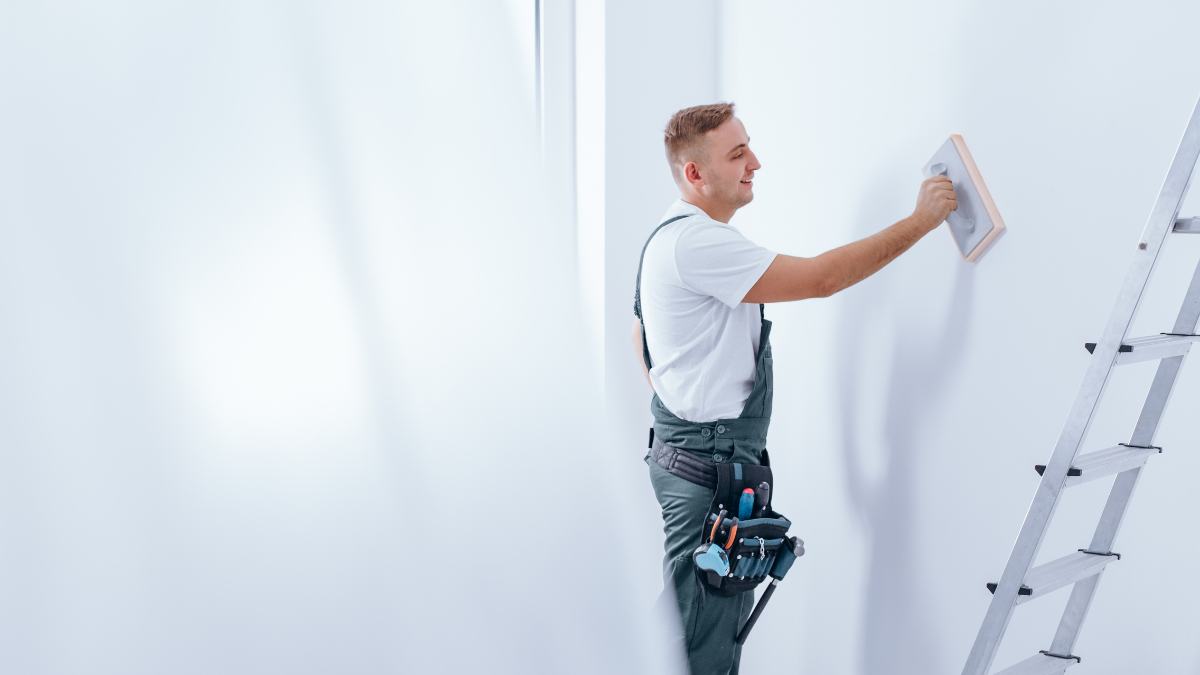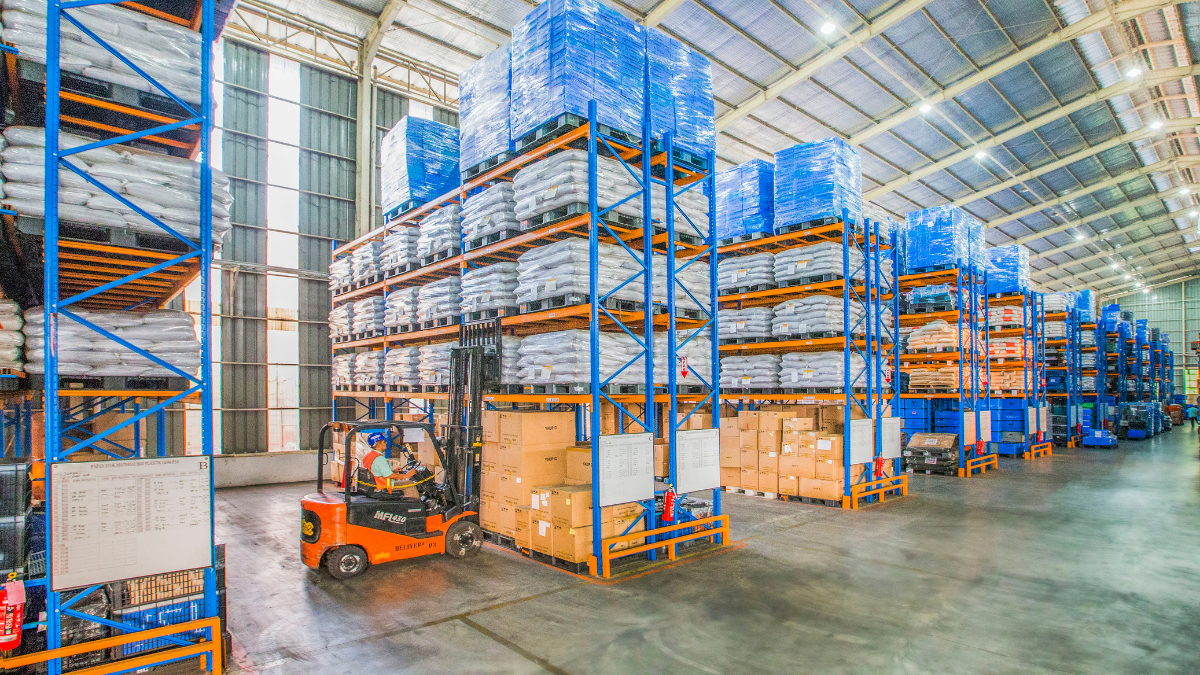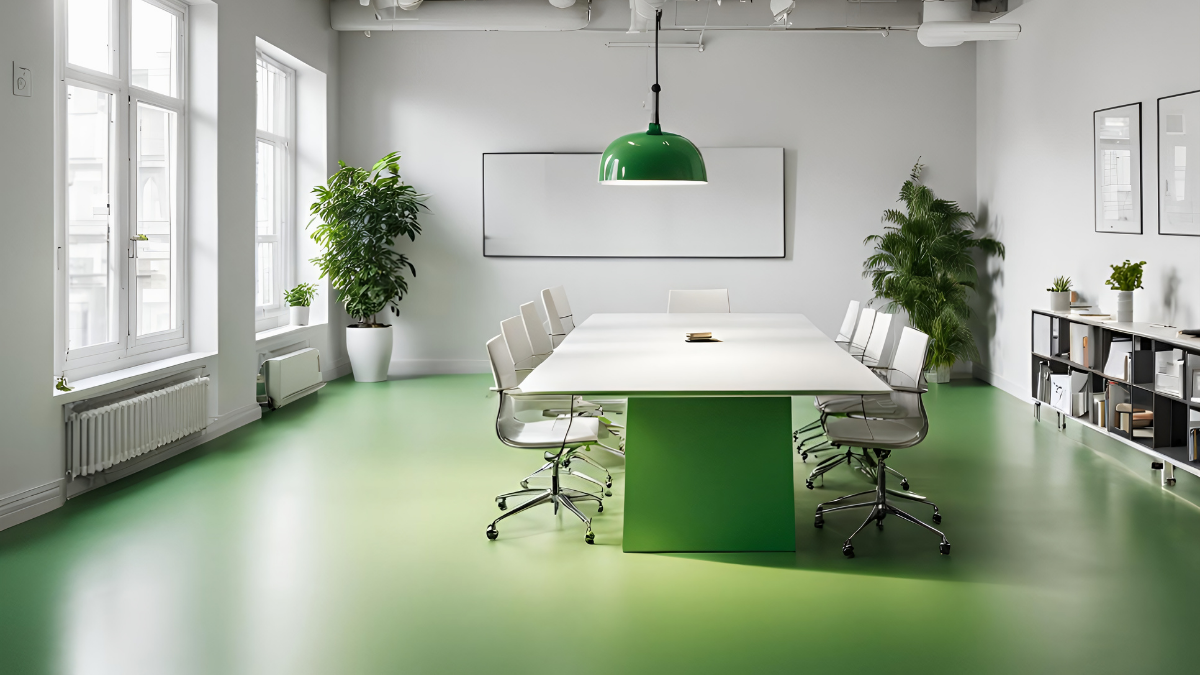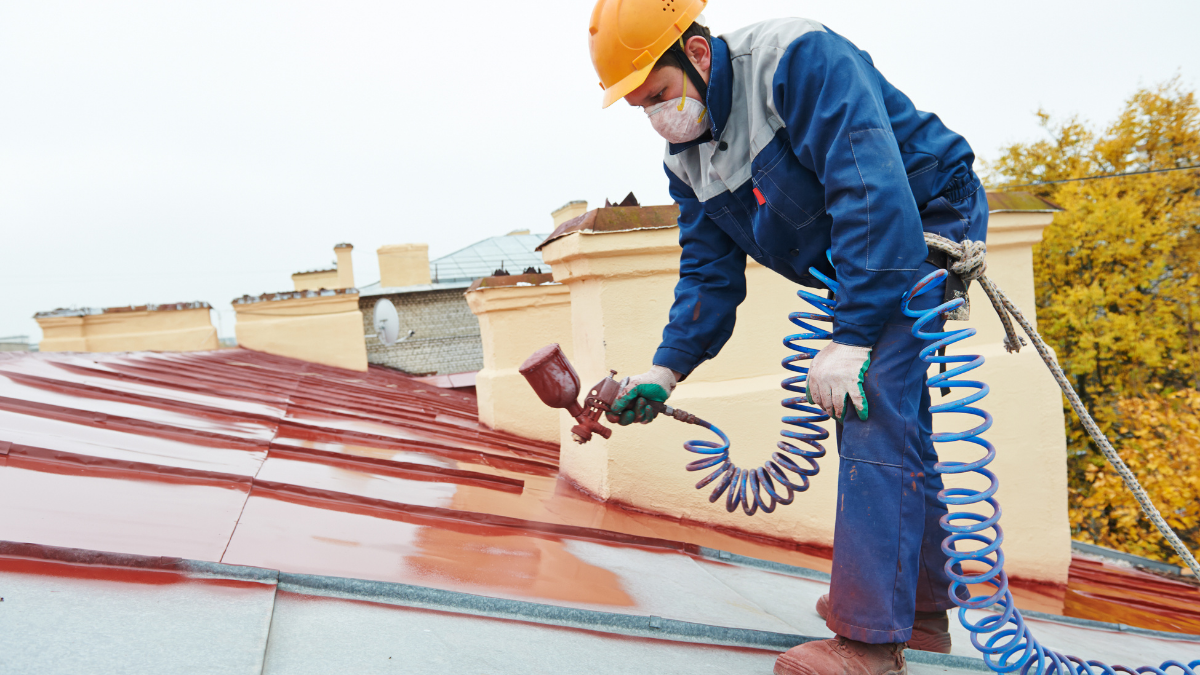Surface preparation is crucial for a long-lasting commercial paint job. It ensures adhesion, a flawless finish, and prevents premature peeling and damage.
The goal is always the same when investing in a commercial paint job, whether it’s for an industrial facility, retail establishment, or office building: a stunning, long-lasting finish. Many customers inherently concentrate on the paint quality and finished color, but any seasoned professional painter will tell you that longevity is really hidden beneath the surface. Surface preparation is more than just a painting step; it is the fundamental component that establishes the project’s overall success, longevity, and aesthetic appeal. Since skipping this important step is a surefire way to fail, we at Campione Painters take great pride in our thorough preparation. Here’s why it’s so important.
The Benefit of Adhesion: A Basis for Attachment
The ideal surface for paint application is one that is dry, clean, and appropriately profiled. Consider it like a firm handshake: the grip won’t be firm if the surfaces are dusty, greasy, or uneven. Common paint failures like peeling, blistering, and flaking are caused by poor adhesion over time. The surface must be thoroughly cleaned to get rid of grime, grease, mildew, and dirt in order to use proper paint adhesion techniques. Power washing is frequently used for external surfaces, but thorough cleaning and degreasing are necessary for interior surfaces. This produces a spotless canvas that enables the paint to adhere to the substrate in a solid, long-lasting manner, guaranteeing that your long-lasting commercial painting will endure.
Explore our comprehensive commercial painting services and see the Campione difference!
Resolving Flaws: Creating a Smooth Surface for a Perfect Finish
Commercial buildings’ walls and other surfaces frequently sustain considerable deterioration. Uneven textures, dings, holes, and cracks are typical. If these flaws are not fixed during the preparatory stage, a new coat of paint will accentuate them rather than cover them up. Painting surface repair entails:
- Patching and Filling: Using the proper patching compounds or spackle, holes and cracks are meticulously filled.
- Sanding: Old paint drips, filled areas, and rough patches are all carefully sanded smooth.
- Caulking: Premium caulk is used to seal the spaces between trim, walls, and other architectural components, keeping moisture out and giving the area a tidy appearance.
This meticulous attention to detail guarantees a consistent, smooth surface that will reflect the caliber of your company and give it a polished, flawless appearance.
Controlling Moisture: Avoiding Future Failures
The biggest enemy of a long-lasting paint job is moisture. Future issues like blistering, peeling, and mold growth are ensured when damp surfaces are painted over or when underlying moisture problems are ignored. In order to paint properly, surfaces must be totally dry before painting can start. This entails monitoring weather forecasts and allowing sufficient drying time following cleaning for outdoor projects. For interior areas, this may entail locating and repairing leaks, making sure there is adequate ventilation, and verifying dryness with moisture meters. The paint film’s long-term integrity depends on this preventative action.
- Setting Up for Performance: Although it’s frequently considered an optional extra, the Essential Undercoat Primer is a must for professional painting in order to achieve the best results. Expert priming services have the following advantages:
- Improved Adhesion: Primer makes the surface perfect for the topcoat to adhere to, particularly on difficult surfaces like glossy finishes, fresh drywall, or bare wood.
- Uniformity: By sealing porous surfaces, it prevents uneven absorption of the topcoat, which could result in patchy applications.
- Stain Blocking: By preventing stains from soaking through the fresh paint, some primers can help you avoid having to apply several coats of paint.
- Color Uniformity: It offers a constant base color, which is essential for precisely obtaining the intended final paint color.
Did You Know?
The most important component of a successful paint job is surface preparation, as studies show that poor surface preparation accounts for more than 80% of all premature paint failures.
For a commercial paint job that truly lasts, call Campione Painters at (404) 587-5723 for a consultation. We lay the groundwork for excellence.
Commonly Asked Questions
How can I determine whether a painting contractor is properly preparing the surface?
A qualified contractor will openly explain their procedure and include thorough surface preparation steps in their quote. Before they begin applying topcoats, look for signs of cleaning, patching, sanding, and priming. Never be afraid to inquire about their particular preparation techniques.
Does it take a long time to prepare the surface?
It frequently takes longer than the painting itself, particularly for surfaces that are older or severely damaged. However, making this investment now will save you money and time later on when it comes to repairs and premature repainting.



